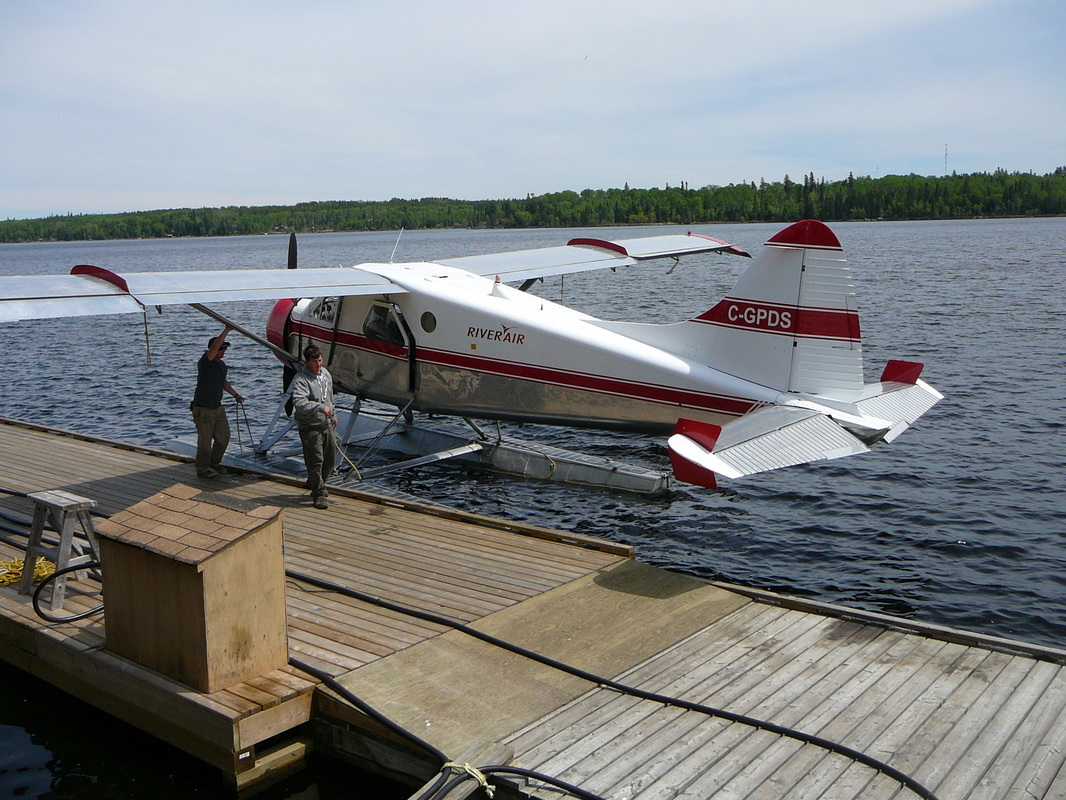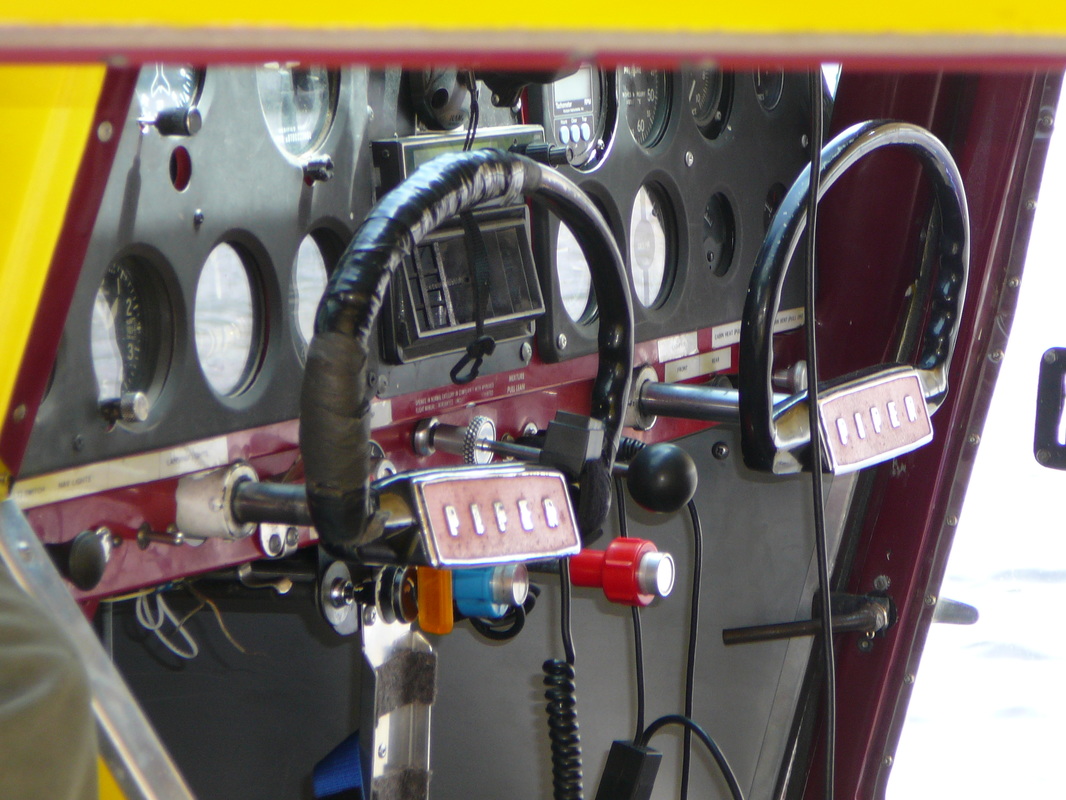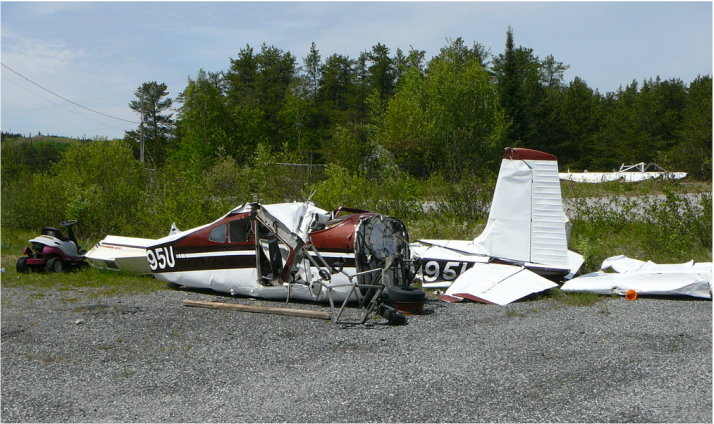Minaki
|
River Air The headquarters of River Air is located a scenic 40 minutes drive north of Kenora, Ontario, near the town of Minaki, at the intersection of Highways 596 and 525 and on the shore of Pistol Lake. Entering the office, one of the first things that caught our eyes was a large mural depicting the history of Minaki and the aircraft and airlines that had operated there over the years. As we went outside we were struck by the beautiful panorama from the veranda at the front of the office, overlooking the shore of the lake, the floatplanes moored at the dock, tall pine trees around the shore and the water glistering on Pistol Lake in the afternoon sunshine. River Air refers to itself as; - The gateway to North-western Ontario's untamed wilderness. River Air is owned and operated by avid outdoorsmen George and Gene Halley. With experience dating back to the mid 70's as bush pilots and a lifetime of fishing, hunting and snowmobiling in and around the Kenora and Minaki areas, their expertise in their field is matched only by their devotion to sustaining and preserving the rich outdoors expeditions. River Air has two strategically located offices. Their main seaplane base is located near the town of Minaki, Ontario. The sub-base is located in the city of Kenora. Both locations are deep in the heart of Northwestern Ontario, where lakes and forests sprawl endlessly into the horizon, dotted with a rich mixture of mining, forestry, hydro-electric dams and small communities. C-GPDS DHC-2 River Air C-GYKO DHC-3T River Air C-FAYM Cessna206 River Air C-GUTZ Piper 18 River Air C-FAIH Cessna180 Showalter’s C-FLAZ Bushmaster 22 private C-GTKU Piper 12 private C-GPDS C-GPDS, came off the production line in June 1959 for delivery to the U.S. Army. This sturdy Beaver was one of the many which were stored during the mid seventies, at the Coleman barracks, Manheim, Germany. She came back to Canada in 1983 and works with River Air since 1983. The exterior modifications are the bubble windows, drooped wing tips and seaplane fins, which replace the original ventral fin. C-GPDS is typical of the military version, this Beaver has dual controls with the primary control levers arranged, from left to right, throttle, propeller and mixture. A shock-mounted flight instrument panel is provided for the pilot and incorporates and altimeter, turn-and-bank indicator, rate-of-climb indicator, air speed indicator, directional gyro and artificial horizon. Note the yellow oil-filler cap at the base of the control column. This design feature allows easy access for oil fill during flight! The oil tank is located aft of the fire-wall and is serviced from inside the cockpit through a filler at the base of the pedestal. The capacity is 5 ¼ imperial gallons.
C-GYKO Turbine-engine workhorse DHC-3 Otter C-GYKO was registered on in 1996 to River Air Ltd. This Otter was delivered to the United States Army in 1958. In June 1996 it was sold to River Air Ltd of Pistol Lake, Minaki, Ontario. During 2002, the Otter flew down to Salina, Texas where it was converted to turbine power with a Garrett TPE-331 engine. C-FLAZ The PA-22 Tri-Pacer is a strut braced, high-wing light aircraft that was built by Piper Aircraft in the post-World War II period. It features a steel tube fuselage and an aluminum frame wing, covered with fabric, much like Piper's most famous aircraft, the Cub and Super Cub. An aircraft prized for its ruggedness, spacious cabin and for its time, impressive speed. Many Pacers continue to fly today. Over 8000 Tri-Pacers were produced between 1953 and 1960 when production ended, with over 2000 still registered with the FAA in 2006. The Bushmaster 22 is based on the Piper PA-22 Tripacer. This version of this short takeoff and landing plane is not only a 4-place Super Cub equivalent, but will carry 350 pounds more and has 180 Lycoming horsepower with 60 gallons of fuel. C-FLAZ was manufactured in 1992 with construction number 14. |
|
|
Minaki Airport & maintenance facility
The airstrip is just two kilometers from River Air’s floatplane base and on the way to the village of Minaki itself. At Minaki airstrip, the Minaki Air Repair hangar is owned by River Air and aircraft being flown there for winter storage and maintenance. The hangar is not situated at shores the Pistol Lake, so getting the floatplanes out of the water and transporting them to the facility is another thing. The staff of the maintenance facility will maneuvering the floatplanes onto a special beaching trailer which is in the water at the shoreline. One member of the ground crew will be in the water, to lash the floats to the trailer in order to secure the floatplane. Once this is achieved, the trailer is hauled out of the water by a truck. The truck then starts to push the trailer and its precious load up a bumpy gravel track, through the forest across a local road and finally onto the ramp of the maintenance facility. C-FZNG Beech 18 Showalter’s C-FWZL Cessna185E private N74YC Piper30 private N4695U Cessna180U wreck (crashed 01/08/2012) CF-RSW Beech 18 River Air wreck Hangar: C-GTKU Piper12 private C-FZFJ Cessma170 private C-FMTI Piper18 private C-FXBV Cessna180H private C-FZNG We found the Showalter’s Beech D18S C-FZNG in her blue and cream colors parked on beaching gear. C-FWZL Cessna 185E C-FWZL, on floats, undergoing routing maintenance in the Minaki Maintenance facility. The mechanic found a bird nest in the tail end of this Cessna! C-FRSW We also found the remains of the former River Air Beech 18 C-FRSW lying in the undergrowth. This is a Beech 18 with a long history. She was operated by the very well know Canadian bush plane operators Laurentian Airways and Superior Airways. Its sad to see such an interesting piece of history in such sorry state! N4695U On August 1, 2012, Cessna 180G, N4695U collided with terrain while departing from Trout Lake, Ontario. Witnesses reported the Cessna 180 float plane encountered problems shortly after takeoff. The aircraft lost power as the pilot attempted a turn to land back on the lake at the recreational cottage area, about 25 km north of Kenora. The plane went down in trees in a rocky area several hundred feet offshore. |
|
|
|
|























































































